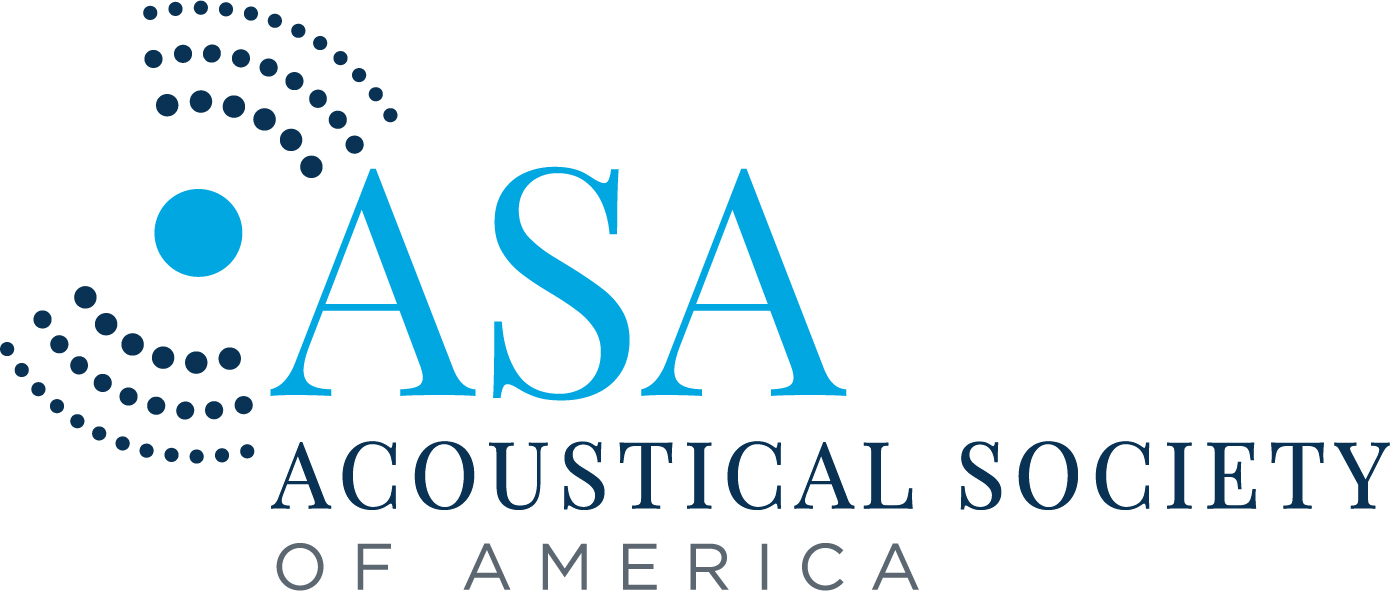2pPPa1 – Flying bats modify their biosonar sounds to avoid interference from other bats
Andrea M. Simmons, andrea_simmons@brown.edu
Charlotte R. Thorson, charlotte_thorson@alumni.brown.edu
Madeline McLaughlin, madeline_mclaughlin1@brown.edu
Pedro Polanco, pedro_polanco@alumni.brown.edu
Amaro Tuninetti, amaro_tuninetti@brown.edu
James A. Simmons, james_simmons@brown.edu
Brown University
Providence RI 02912
Popular version of 2pPPa1 – Echolocating bats modify biosonar emissions when avoiding obstacles during difficult navigation tasks
Presented Tuesday afternoon, December 2, 2021
181th ASA Meeting, Seattle WA
Click here to read the abstract
Bats use echolocation, an active biological sonar, to find their way in the dark. By broadcasting trains of intense ultrasonic sounds and listening to returning echoes, they can locate and identify obstacles to their flight (vegetation, buildings) and capture small insect prey. Bats often fly and forage in groups. When other flying bats are present, they face the added challenge of separating out the echoes from their own broadcasts from the broadcasts and echoes created by these other bats, while still maintaining their flight path. To assess how bats address these challenges, we flew individual and then pairs of big brown bats (Eptesicus fuscus) through a curved flight corridor bounded by rows of closely spaced vertical hanging plastic chains that produced echoes mimicking those produced by dense vegetation. When flying alone, each bat broadcasts sonar sounds containing frequencies from 100-25 kHz in a characteristic pattern of alternating long and short time intervals. These short time intervals allow fast reactions to immediate collision hazards, while the long intervals allow the bat to peer deep into its surroundings to plan its upcoming flight path. When two bats fly towards each other from opposite ends of the curved corridor, they maneuver to avoid colliding. There are three distinctive biosonar reactions tied to these maneuvers. First, both bats increase the strength of their broadcasts (Lombard effect) during the brief time they are in close proximity. Second, they produce more short time intervals, speeding up their broadcast rate. Third, at the point where they are in closest proximity and the need for each bat to avoid being interfered with by the other bat is most acute, one of them sharply decreases the low-frequency end of its broadcasts to about 15 kHz. This unusual, asymmetric response allows this bat to distinguish echoes of its own broadcasts from those of the other bat, even though the total range of frequencies remains large. Bats place particular priority on the lowest frequencies in echoes, and having different lowest frequencies lets them separate out each other’s biosonar broadcasts and prevent mutual interference when close together.







